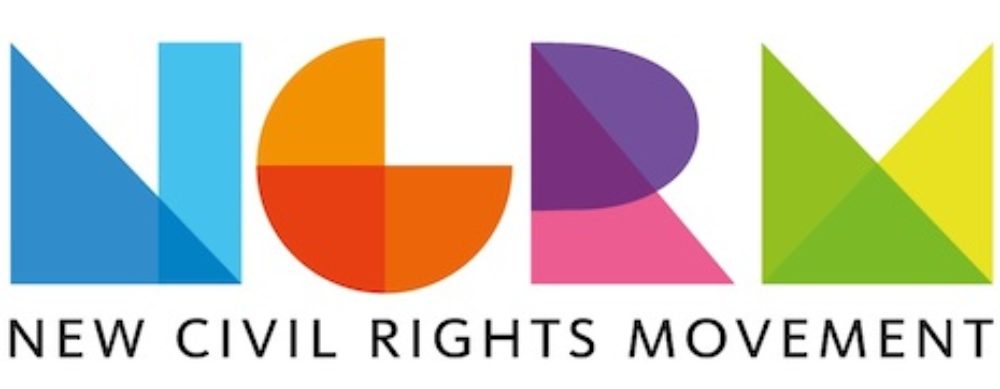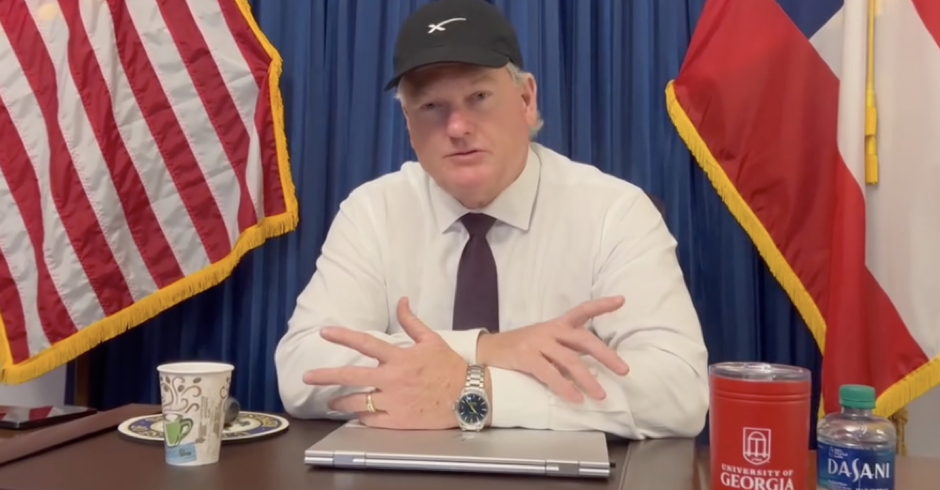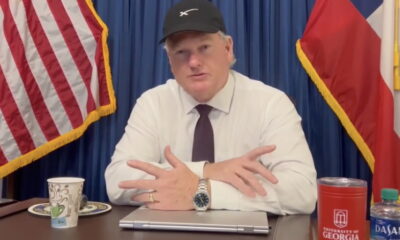What Is Gaypon, The LGBT Alternative To Groupon? Our Exclusive Interview
What is Gaypon, the LGBT alternative to Groupon that offers not only discounts but donates to charities? Our exclusive interview with Gaypon co-founder Robert Graham.
Gaypon, an LGBT friendly alternative to the widely popular Internet discount site Groupon, has launched, and promises not only to save you money but to donate a “healthy portion” of their proceeds to LGBT organizations like The Trevor Project and Affirmations.
The site, at dailygaypon.com (Gaypon.com is apparently a dating and marriage site for same-sex couples,) operates much like Groupon itself, and requires little more than an email address to get the ball rolling.
“Gaypon deals vary from everyday things like restaurants, fashion and entertainment to travel, florists, gay wedding planners, even LGBT greeting cards,” the Gaypon site says. “Gaypon brings you the ultimate in luxury from the latest gadget to professional services, skin care, even health & fitness merchants. Sometimes, we’ll even feature coupons for multimedia downloads like music & movies, plus live theater and concerts. Often our deals are for online merchants to make it as easy as possible for you to support businesses that stand up for equality and have zero tolerance for discrimination.”
Once you’ve subscribed, Gaypon will email you offers from gay and gay-friendly businesses, at very attractive discounts, when they have one in your area.
Techcrunch reports,
“Initially, you might imagine this site is just the latest to jump on the daily deals bandwagon. But in actuality, it’s introducing a new take on the Groupon model: daily deals for a cause. Gaypon is a valid attempt at creating a groundswell of community support for local businesses that have demonstrated a desire for equality in all their business practices by rewarding them with new customers.
“Before becoming a Gaypon merchant, businesses are put through a background check of sorts, where they are investigated for any bad marks, like complaints of discrimination from customers and employees, poor hiring practices, etc. Gaypon says it also uses various tools, like the Human Rights Campaign’s “Corporate Equality Index†that rates American workplaces on gay, lesbian, bisexual and transgender equality.
“Gaypon plans to donate a portion of proceeds to charitable organizations, and those that support the gay community, like The Trevor Project, which focuses on crisis and suicide prevention amongst LGBTQ youth, and Affirmations, which is one of the largest LGBT community centers in the United States. The exact percentage of those donations, however, is unclear.”
Indeed, the exact amount GayPon is willing to donate is unclear, and for me that was a red flag. So, I called Robert Graham, one of Gaypon’s two co-founders, and asked him how much they planned to donate.
Since Gaypon is new, Graham seemed nervous about putting a dollar or percentage number on what they’ll donate, but assured me that he’s not in it for the money and knows that at some point they’ll need to strengthen what “healthy donation” really means.
“I’m not looking to get rich. I’ve always hated money,” Graham told me, stressing that he’s keeping his day job, and says the site was just an idea created to help others and to maybe pay his bills one day. Graham says that Gaypon has already sponsored some local charities.
“If every car was free I’d drive a firetruck,” Graham told me, adding that he drives a three-year old pickup truck with cloth seats and if one day he got rich he would’t buy a new car, just pay off his loan. Graham says his parents always told him how much money we have is not what we’ll be remembered for when we’re gone. “The only thing we leave behind is our reputation.”
Graham says Gaypon is “more about fulfillment of life,” and stressed, “we want to give what we can give.”
Graham says they hope to have 100,000 members signed up by the end of the year. I asked if that was a steep goal, and he admitted it was, but said that after all the media attention Gaypon received from the Techcrunch article, he feels pretty comfortable with that number.
Graham knows that Gaypon will need to revisit and offer concrete proof of what their donation practices look like once they’re up and running at full speed, but for now, Graham says, “I feel blessed to be a part of this.”
https://youtube.com/watch?v=cR4nO6IsZRc%3Fversion%3D3%26hl%3Den_US

Enjoy this piece?
… then let us make a small request. The New Civil Rights Movement depends on readers like you to meet our ongoing expenses and continue producing quality progressive journalism. Three Silicon Valley giants consume 70 percent of all online advertising dollars, so we need your help to continue doing what we do.
NCRM is independent. You won’t find mainstream media bias here. From unflinching coverage of religious extremism, to spotlighting efforts to roll back our rights, NCRM continues to speak truth to power. America needs independent voices like NCRM to be sure no one is forgotten.
Every reader contribution, whatever the amount, makes a tremendous difference. Help ensure NCRM remains independent long into the future. Support progressive journalism with a one-time contribution to NCRM, or click here to become a subscriber. Thank you. Click here to donate by check.
 |











